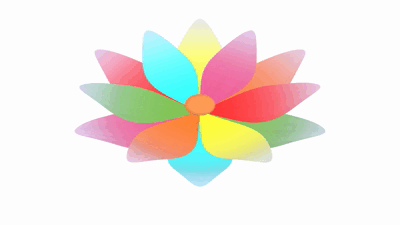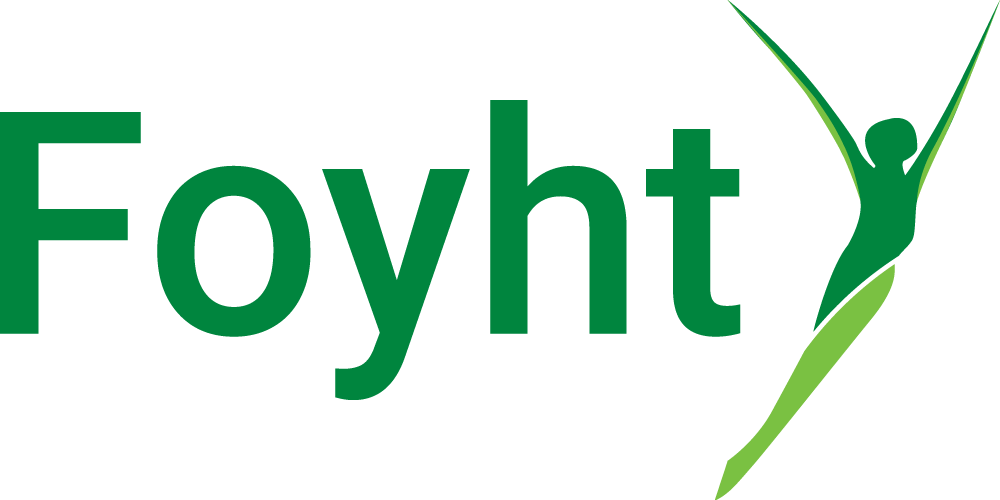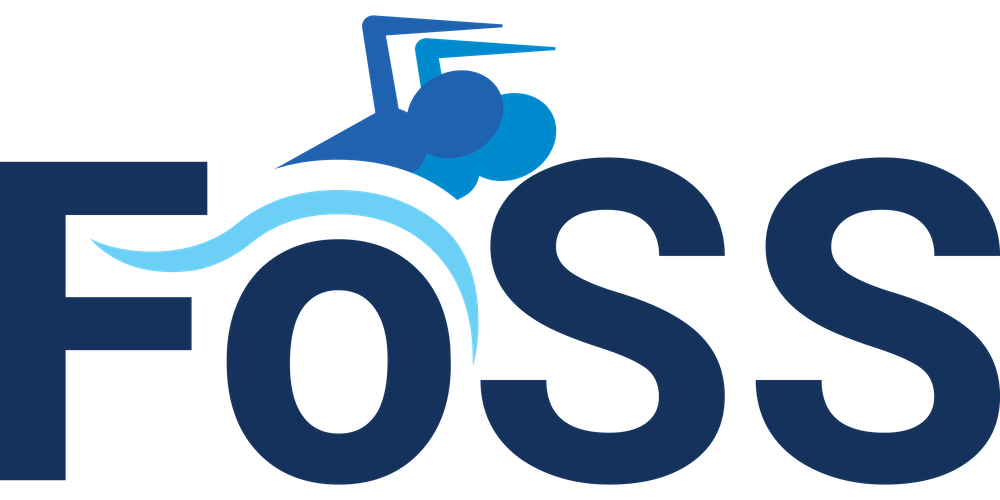When you consider that every single decision you’ve ever made has brought you to where you are today, right now, you realise how different things might, could or would have been, had you made other decisions.
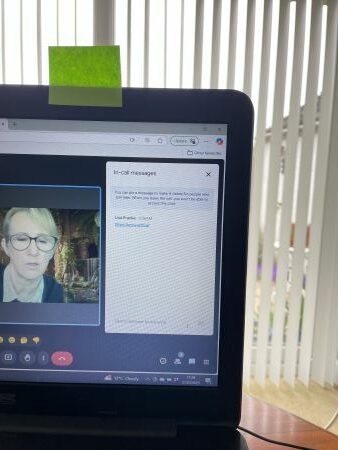
Your decision-making and behaviour past and present have dictated who you are, how you choose to behave, your job, your previous friends and partners, and your existing relationships. And it goes on to the clothes you wear and the car you drive. Everything in fact. You also realise how critically important the process of decision making is and the impact that it has. The concept was represented in the cinemas by the 1998 film “Sliding Doors” with Gwyneth Paltrow. The director, Peter Howitt, showed with humour the impact of a choice of whether to get on a train or not.
According to the United Nations (2022 figures) there are 8 billion plus people on our little planet. Let’s assume, wrongly, that only people over the age of 11 years make decisions. So, the world has around 6 billion decision makers who are making a jaw dropping 33,000+ decisions each per day (Source Forbes Magazine) That makes approximately 198,000,000,000,000 decisions every day.
OK, we’re entering the world of scary maths so, for now, we’ll leave the numbers there. But you get the point. Loads of people making tons of decisions every day and any one of the decisions made could have a massive impact. That’s why it’s important.
But why do we have to make decisions?
In a nutshell, stuff needs to happen.

We choose a wake-up time, choose to respond to the alarm, get up, wash, choose clothes, go through the agonising decision about what we should have for breakfast. Unless, however, we have chosen to ignore the alarm, sleep in for an extra half hour and now do not have time to eat.
We’re out of bed now and at the office where we have to start making lots more decisions. The inner voice kicks in, “Oh look! There’s Larry by the coffee machine, I’m not ready to chat. I’ll drop off my bag and coat at my desk and then come back for a coffee and, hopefully, he’ll have vanished by then. Good decision“. Vindicated too, if Larry has actually gone elsewhere and you can get your morning without having to speak to him.
If you decide to Google “Why do we have to make decisions?” and then read everything that comes up as a result, your PC will self-destruct and your head will probably explode. So, we’ll try and boil down the subject into more manageable chunks.
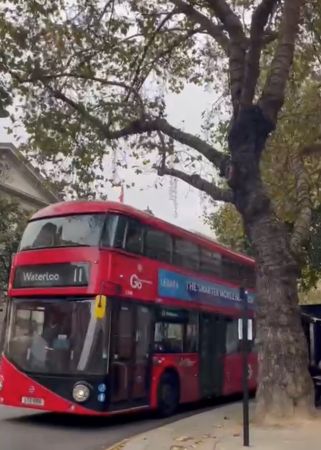
We saw earlier how many decision makers populate the world and how many decisions they collectively make. We know that decisions drive actions, but what we’re not so clear about is how decisions are being made. What is the process?
Mckinsey & Company, in 2023 on www.Mckinsey.com, described decision-making as simply the process of making a choice. Helpful, but only up to a point. It doesn’t really help to explain how decisions are made.
We make decisions through choice to create an opportunity to improve or amend an existing situation or create a brand new situation.
The journey from point zero to a decision made is an interesting one and will involve changing a behaviour or an orientation i.e. how we think or feel about something. Despite the influences and drivers being different, the actual process of workplace collective decisions or changes and personal decision-making or behaviour shifts is similar.
What then, are the best theories for us to explore?
For starters, there is no single theory or model that fully explains the entire decision-making process. This is hardly surprising as the globe’s billions of decision-makers are all different and have unique desired outcomes from all the decisions they choose to make.
However, there are a number of credible theories and methodologies that have stood up to robust academic interrogation and stress testing.

Consider the Transtheoretical Model (TTM) of Behaviour Change (Stages of Change), this model runs through a logical six stage process starting with self-changers reflecting upon a situation or challenge and deciding what a change might look like and then deciding when to act. In this Model a behaviour change is the likely outcome of the decision-making process.
The TTM has been used in many public health interventions by self-changers to decide how to manage and ease a negative behaviour, such as worry. Like all models it has its limitations but, broadly speaking, the six stages and thought processes enable self-changers to make a decision and act upon it and deciding this for yourself is the best way to make a change.
Then there is CBT – Cognitive Behavioural Therapy. This is a well explored and currently heavily applied type of Talking Therapy that focuses on the relationship between thoughts, feelings and behaviour. It influences our decision making by making us explore our thoughts and feelings on a particular issue and then (re)mapping that on to (new) behaviour.
Like CBT, Nudge Theory this is very current and in use across a wide range of Sectors from Retail to Tax Collection. Nudge is about making decisions through the cognitive process of making comparisons. This option is better than that option for example. Nudge draws out preferences, personal bias and allows influences to be let into the decision-making process. Nudge operates both in the conscious and subconscious, subliminal, thought processes.

The last Theory we’ll visit on our lightning tour of Decision Theories is Maslow’s Hierarchy of Need. It’s one of the most prominent theories used to explain motivation and drivers of behaviour and decision-making choices. The Theory proposes that people are motivated to decide how to behave in certain ways by their needs.
Recognising what you need to be happy is only something you can answer.
You may also want to consider what you need to be happy as opposed to what you want, which may be unattainable and cause you to be unhappy, but that’s your decision.
All of these models and theories form the Academic Foundations of the NoWorriesApp , which is free to download from wherever you source your apps. The App is a self-help decision making tool to recognise, manage and ease a worry to feel happier and perform better – either at home or at work.
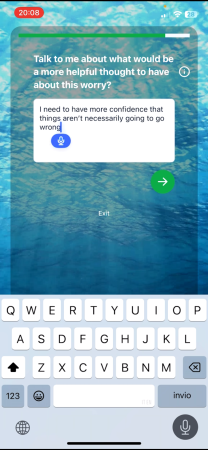
It is private and personal to you, so you can quietly and confidentially decide how to manage your worry and make a small change accordingly.
Content & photographs property of NoWorriesApp.com
